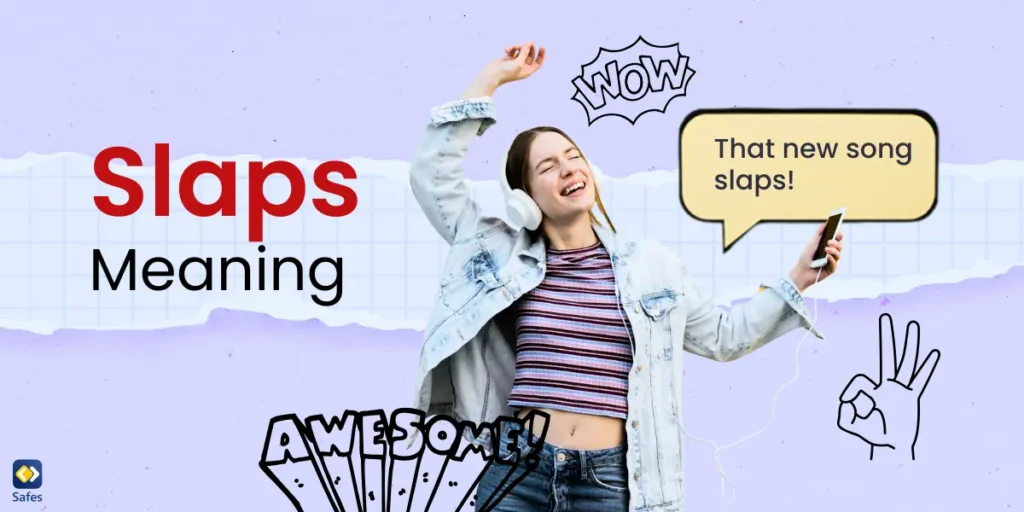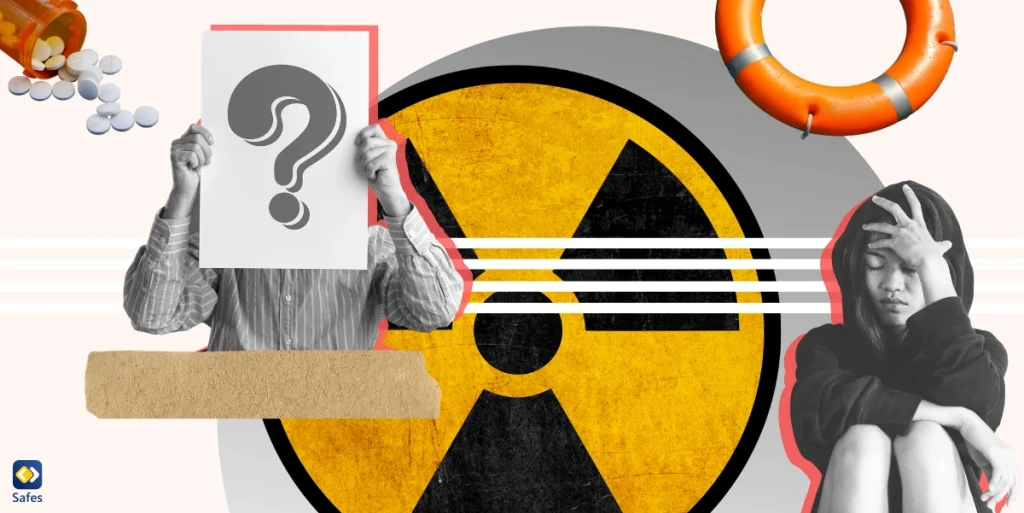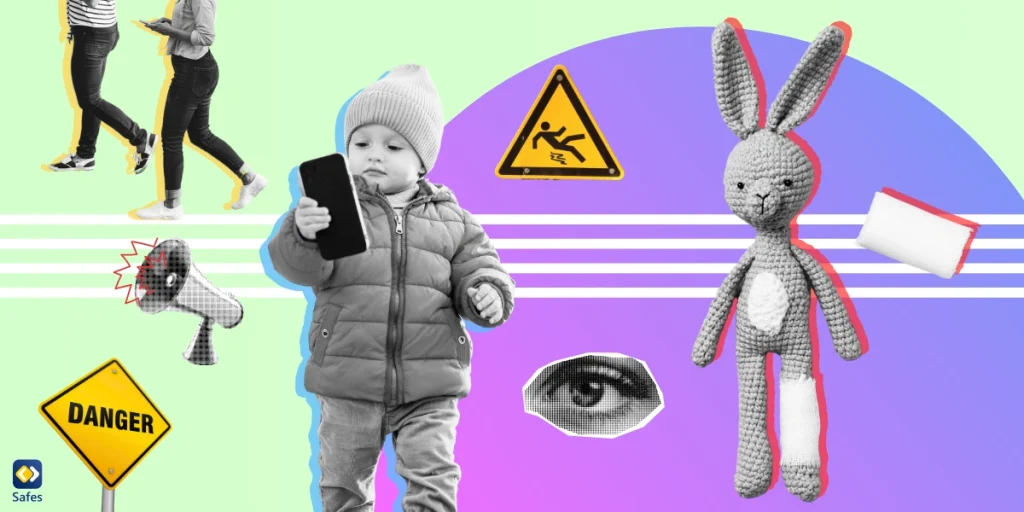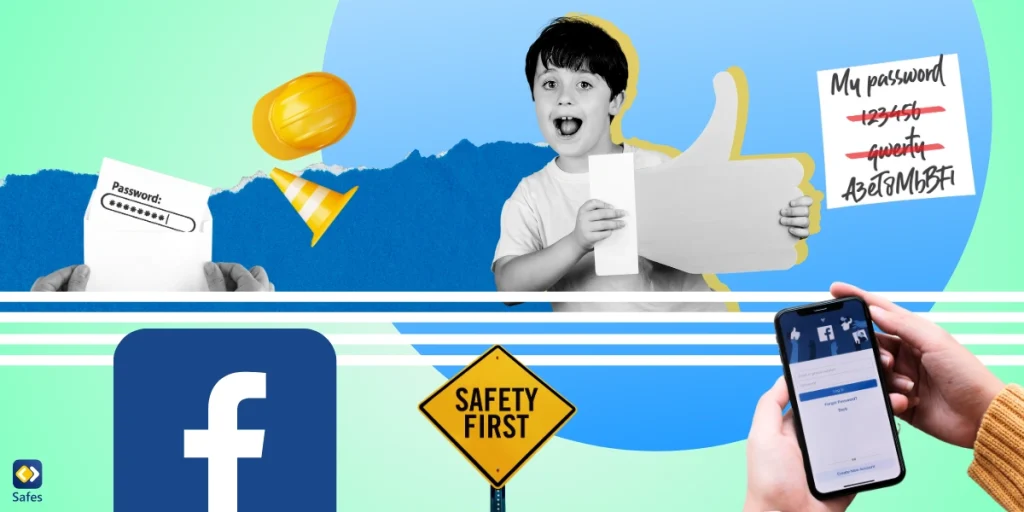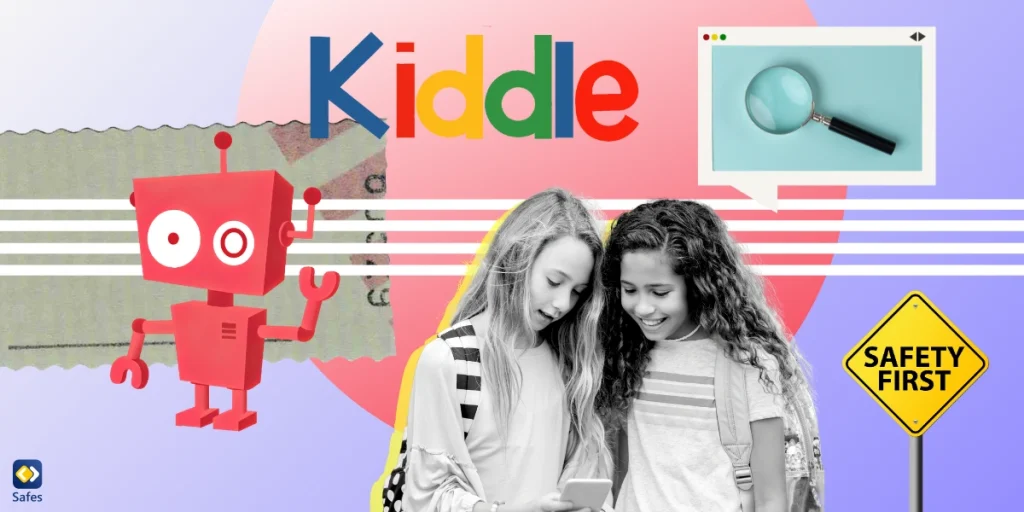Slang changes fast, especially online. As a parent, it can feel like a new word pops up every week. One slang word that’s been around for a while and is still showing up in 2025 is “slaps.” But what does it really mean? Is it harmless or something to be concerned about? In this blog, we’ll break it all down for you in plain language. By the end, you’ll understand slaps meaning slang, how your child might be using it online, and what safety tips you should keep in mind.
Download and Start Your Free Trial of the Safes Parental Control App
What Does Slaps Mean in Slang?
In slang, “slaps” usually means something is really good, enjoyable, or impressive, especially when talking about music, videos, food, or fashion.
Here are some examples:
- “That new song slaps!” (The person loves the song.)
- “This pizza slaps!” (The pizza tastes amazing.)
It’s a way of saying something stands out in a good way. It is like a stronger version of “awesome” or “cool.”
Where Did It Come From?
“Slaps” started in music culture, where people used it to describe beats that hit hard or felt powerful. Over time, it spread to general pop culture and became common on social media.
How It’s Used in Real Digital Interactions
Your child might use or see the word “slaps” in text messages, online chats, comments, or captions. It’s very popular in:
- Group chats: “That meme you sent earlier really slaps.”
- Gaming communities: “This new update slaps. Best one yet.”
- TikTok/YouTube comments: “The background music here slaps so hard!”
In most cases, that slaps meaning is used casually to express excitement or approval. It doesn’t usually suggest anything dangerous on its own.
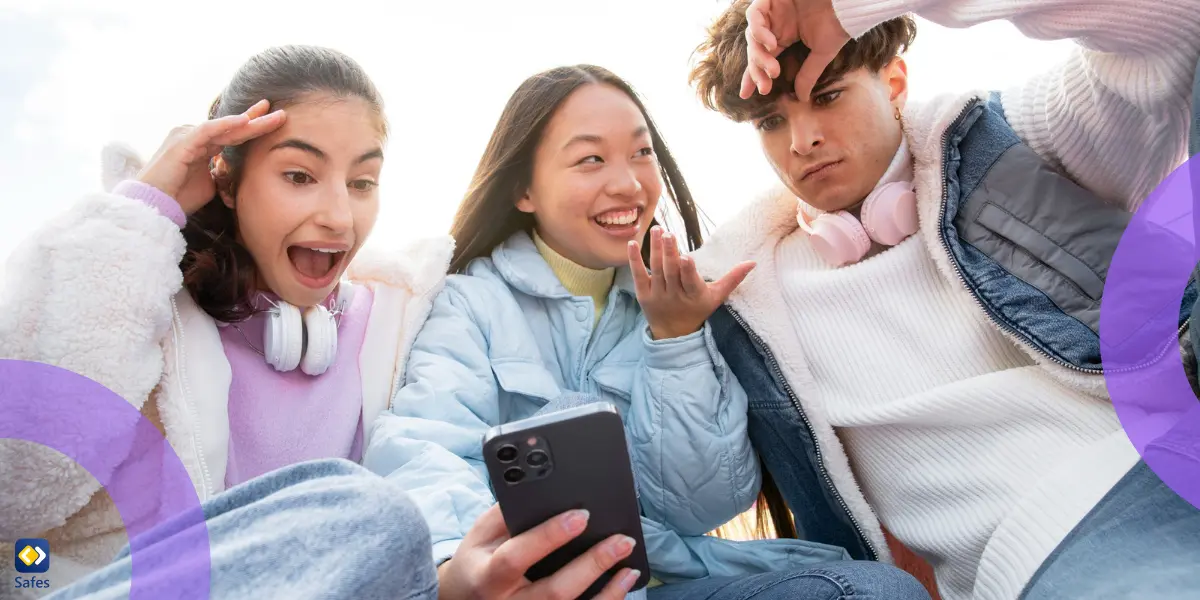
Platform-Specific Usage
Here’s how “slaps” might show up on different apps your child uses.
| Platform | Example |
| TikTok | Users say something “slaps” to praise a song or a funny clip. For example, “This edit slaps!” |
| In captions or comments: “This outfit slaps 😍” or “Your playlist slaps!” | |
| YouTube | In video comments: “This intro slaps! Subscribed.” |
| Discord | Gamers or friends use it while chatting: “Bro, that win slaps!” |
| Snapchat | Teens may say a story or filter “slaps” to hype up content. |
Risk Level Indicator (Parent Alert System)
🟢 Green – Harmless everyday slang.
When it comes to risk, the slang word “slaps” is generally safe. It’s a casual, positive expression that most teens use to say something is fun, cool, or impressive. However, context matters. If your child is saying a video or song “slaps,” you might want to see what kind of content they’re referring to. Some songs or videos may contain explicit language, violence, or mature themes.
Also, while “slaps” itself isn’t harmful, it can be part of trends or group conversations where peer pressure or exposure to inappropriate material becomes a concern. As a parent, staying alert to the bigger picture, what’s being shared and discussed, is more important than worrying about the word alone.
Trend Tracker: Is It Still Relevant?
🔥 Trending (widely used now)
The slang word “slaps” is still relevant in 2025. Although it’s not as brand-new as other slang, it remains a go-to word for expressing strong positive feelings online.
In fact, it’s now part of everyday youth language, much like “cool” or “awesome.” While newer words like “ate,” “bet,” or “rizz” may be trending too, “slaps” has held its place because of its flexibility and fun sound. So, if your child is using it, they’re not behind; they’re keeping up!
Online Safety Considerations
As mentioned earlier, the word is usually positive. That said, parents should be aware of the context. If “slaps” is used along with risky content, like inappropriate music, violent videos, or peer pressure, it may be worth a closer look. Here are some important things parents should do to keep their children safe.
1. Pay Attention to the Content Being Praised
If your child says something “slaps,” ask what they’re talking about. It’s usually harmless, like a song or meme, but it’s worth checking the content. A song may be catchy, but it might also have inappropriate lyrics or themes. Similarly, a video might be popular among teens but still include violence or disturbing humor. Make it a habit to casually ask what they’re enjoying and why.
2. Understand the Platform They’re Using
Different platforms have different safety risks. For example, TikTok and YouTube often suggest content based on previous views, which means one click can lead to a stream of age-inappropriate videos. Discord and Snapchat, while popular, offer private chats and disappearing messages, making it harder for parents to see what’s going on. Make sure your child knows how to report, block, and avoid users who make them uncomfortable.
It’s also good to learn how to disable disappearing messages on WhatsApp and other platforms that have this feature.

3. Start Conversations Without Judgment
One of the best ways to stay informed is by keeping the lines of communication open. Instead of reacting with concern or criticism, show curiosity: “Hey, I saw you said that song slaps. Can I hear it too?” This helps your child feel comfortable sharing their world with you. When they trust you, they’re more likely to tell you if something online makes them feel uneasy.
4. Use Parental Controls Wisely
A parental control app can help you monitor your child’s device usage without invading their privacy. You can see which apps they use most, block harmful websites, and get alerts about suspicious activity. It can also set healthy screen time limits so your child doesn’t spend too many hours online.
5. Teach Media Literacy and Digital Boundaries
Explain that just because something is popular, or “slaps”, doesn’t mean it’s always appropriate. Teach them how to think critically about what they consume: Who made this? What’s the message? Is it respectful? Also, help them set boundaries around what they post and share, and remind them that not everything online is safe or kind.
Fina Word
In this blog, we reviewed that slaps meaning as slang and learned it is a fun and mostly harmless way for kids to say they like something, whether it’s a song, a meme, or a game. But just like any slang, it depends on the context. As a parent, staying aware of how these words are used can help you guide your child toward safer online experiences.
To make things easier, try Safes, our powerful parental control app. Safes lets you:
- Monitor your child’s online activity
- Set healthy screen time limits
- Filter inappropriate content
- Track trends and detect risky behavior
This app offers more practical features than its alternatives, such as parental controls on Android. Available for both Android and iOS, Safes is designed to support families in the digital age. Download it now and enjoy peace of mind, knowing your child is exploring the internet safely.
Your Child’s Online Safety Starts Here
Every parent today needs a solution to manage screen time and keep their child safe online.
Without the right tools, digital risks and excessive screen time can impact children's well-being. Safes helps parents set healthy boundaries, monitor activity, and protect kids from online dangers—all with an easy-to-use app.
Take control of your child’s digital world. Learn more about Safes or download the app to start your free trial today!
